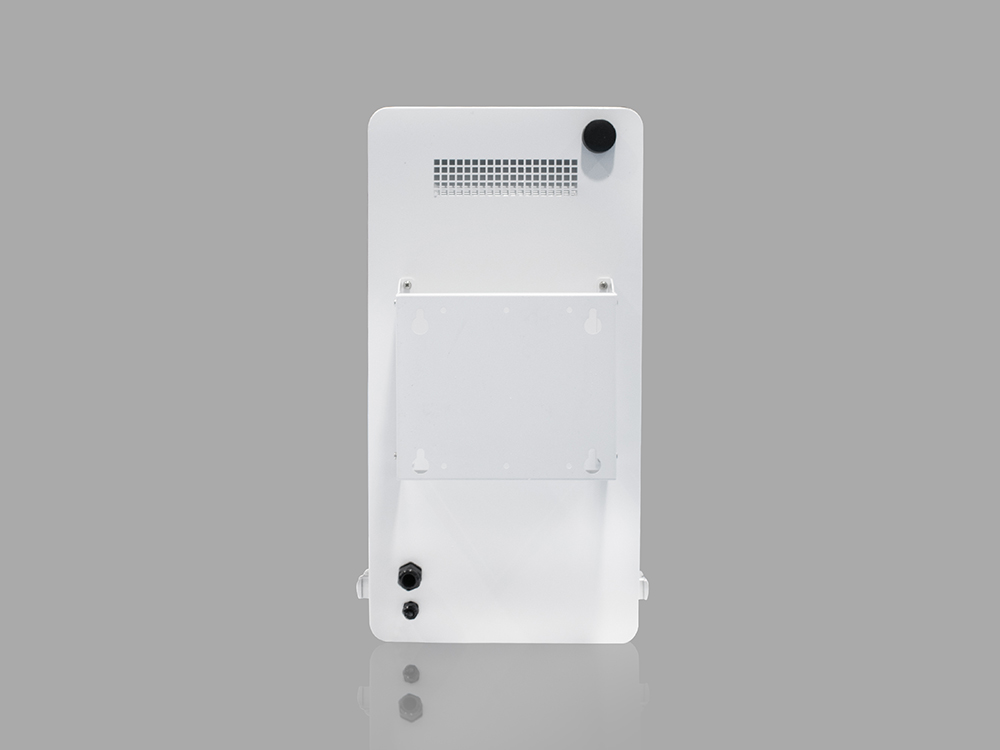Digital Signage and Its Effect on Customer Loyalty
In the ever-evolving landscape of retail and customer experience, businesses are constantly seeking innovative ways to engage with their patrons, enhance brand presence, and foster loyalty. One such technology that has gained significant traction in recent years is digital signage. This dynamic form of visual communication leverages electronic displays to present information, advertisements, and promotions in a captivating and interactive manner. As the retail environment becomes increasingly competitive, understanding the impact of digital signage on customer loyalty is crucial for businesses aiming to stay ahead of the curve.

Digital signage encompasses a wide array of applications, from high-definition screens in shopping malls and restaurants to interactive kiosks in museums and airports. Its versatility allows it to be tailored to various industries, each with unique objectives and target audiences. At its core, digital signage serves as a powerful tool for conveying messages that are both timely and relevant, thereby creating a more immersive and personalized customer experience.
One of the primary ways digital signage influences customer loyalty is through its ability to capture and maintain attention. In a world where consumers are bombarded with information from every direction, standing out requires a strategic approach. Digital displays, with their vibrant colors, motion graphics, and dynamic content, are far more likely to attract and hold the gaze of passersby than static posters or banners. This immediate engagement sets the stage for a deeper connection with the brand, as customers are more likely to remember and respond to messages that resonate with them on a visual and emotional level.
Moreover, digital signage facilitates real-time updates, which is a game-changer in terms of relevance and timeliness. Imagine a café utilizing digital menus that can instantly reflect daily specials or a retail store promoting limited-time offers as soon as they become available. This capacity to stay current ensures that customers are always informed about the latest promotions, new arrivals, or events, fostering a sense of urgency and exclusivity that can drive sales and encourage repeat visits.
The interactivity of digital signage is another factor that significantly enhances customer engagement and loyalty. Interactive kiosks, for instance, allow customers to explore products, access detailed information, and even make purchases without the need for assistance from staff. This empowerment not only streamlines the shopping experience but also makes customers feel more in control and valued. Additionally, interactive elements can be designed to be fun and engaging, such as games or quizzes that reward participants with discounts or freebies, further incentivizing loyalty.
Beyond its direct engagement capabilities, digital signage can also contribute to a cohesive and immersive brand experience. By integrating seamlessly with other aspects of a store's design, such as lighting, music, and scent, digital displays can reinforce brand identity and create a memorable atmosphere. For example, a luxury retail outlet might use high-resolution screens to showcase its latest collections in an elegant and sophisticated manner, while a family-friendly restaurant could employ playful animations to entertain children and create a welcoming environment for families.
Furthermore, digital signage can be used to communicate valuable information that enhances the overall customer experience. Wayfinding signs in large complexes, for instance, can guide customers to their desired locations quickly and efficiently, reducing frustration and improving satisfaction. Similarly, digital displays can provide real-time updates on wait times, restroom availability, or event schedules, all of which contribute to a smoother and more enjoyable visit.
The data-driven nature of digital signage is another advantage that should not be overlooked. By tracking viewer engagement through analytics tools, businesses can gain insights into which content is most effective, what times of day see the highest traffic, and even demographic information about their audience. This data can then be used to refine and optimize future campaigns, ensuring that messaging is as targeted and impactful as possible. Over time, this continuous improvement can lead to higher customer satisfaction and loyalty, as customers appreciate brands that understand and cater to their preferences.
In the realm of customer service, digital signage can also play a pivotal role. Self-service kiosks can handle a variety of tasks, from order placement to payment processing, freeing up staff to focus on more complex customer needs. This efficiency not only improves the speed of service but also enhances the quality of interactions, as staff members are less rushed and more attentive. Customers are more likely to remain loyal to brands that provide a seamless and hassle-free service experience.
Lastly, digital signage can foster a sense of community and social connection among customers. For example, a fitness center might use digital displays to showcase member success stories or upcoming group classes, creating a sense of belonging and motivation. Similarly, a coffee shop could feature user-generated content, such as photos of customers enjoying their drinks, fostering a friendly and inclusive atmosphere. These social elements can strengthen customer loyalty by making patrons feel like they are part of something larger than themselves.
In conclusion, digital signage is a multifaceted tool that can significantly impact customer loyalty. By capturing attention, facilitating real-time updates, offering interactivity, enhancing brand experience, providing valuable information, enabling data-driven decision-making, improving customer service, and fostering community, digital displays have the potential to transform the way businesses engage with their customers. As technology continues to advance, the possibilities for leveraging digital signage to build and maintain customer loyalty will only continue to grow. For businesses looking to stay ahead in the competitive retail landscape, investing in this dynamic form of communication is a strategy worth exploring.
Application scenarios of digital signage

Tags:
self service kiosk touch kiosk digital signage interactive display interactive touch whiteboard kiosk video wall wall outdoor kiosk IP68 IP67 screen Shopping MallCurrent article link:
https://www.lcdkiosk.com/news/1334.html







